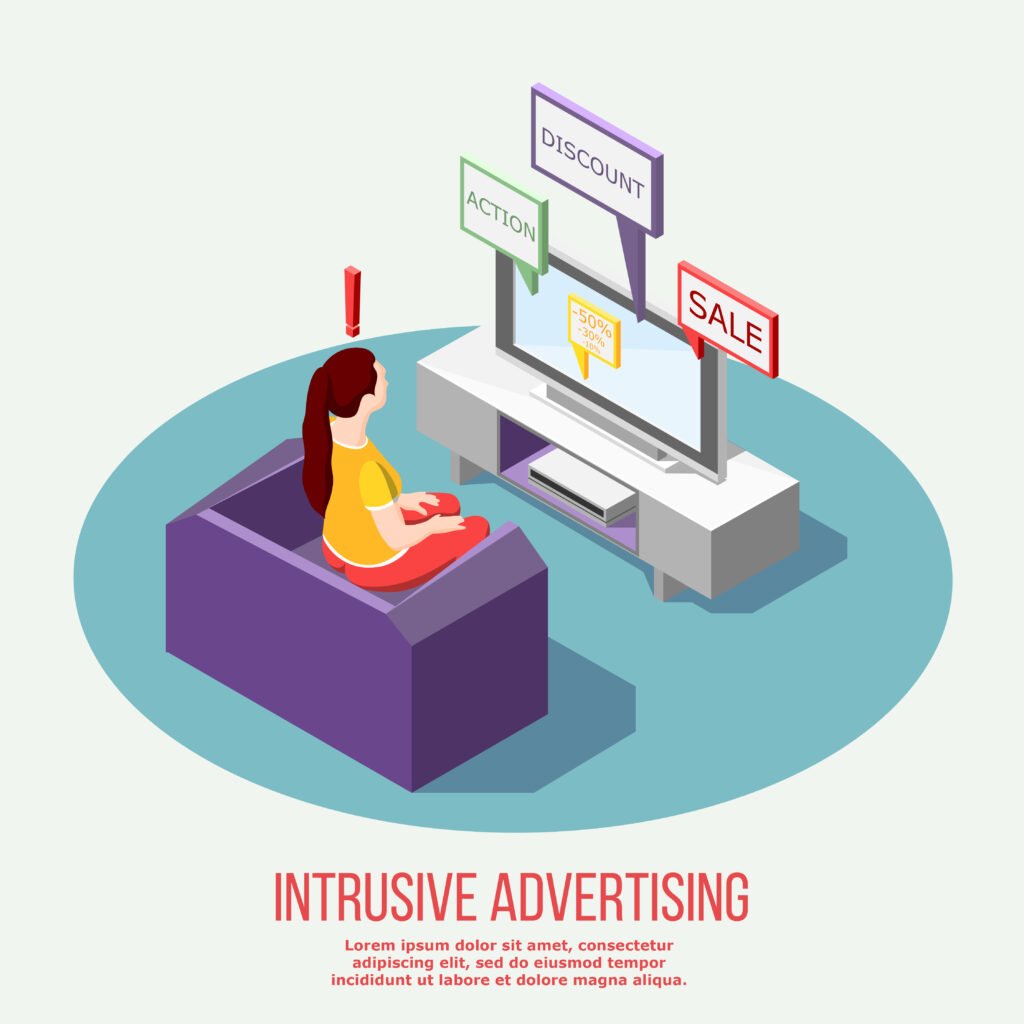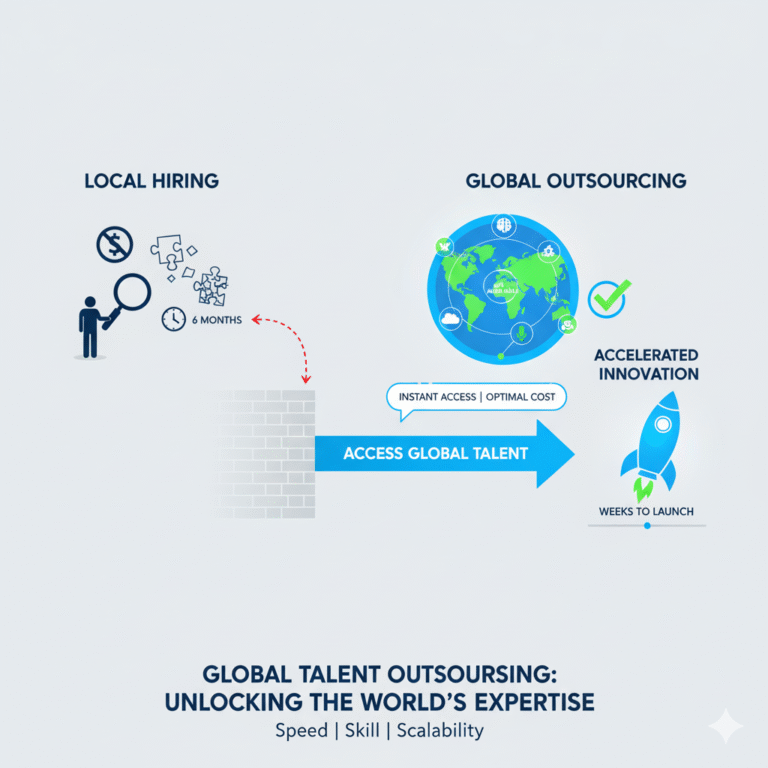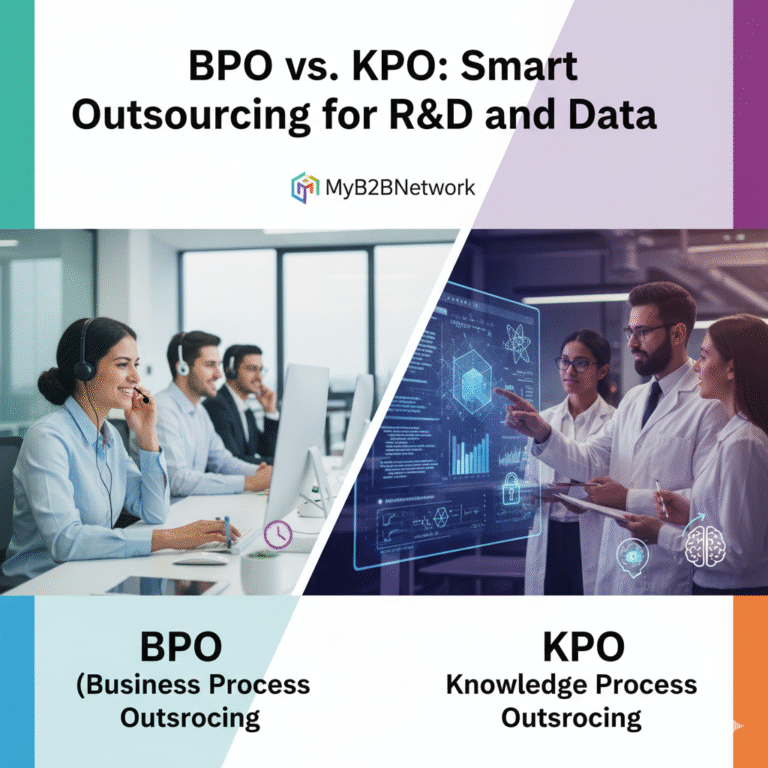
Decoding PPC vs Digital Ads: A 2025 Roadmap for Smarter B2B Campaigns
Digital advertising is evolving faster than ever, and marketers face a crucial decision: focus on pay-per-click (PPC) ads, display ads, or a combination of both? Understanding the strengths and best use cases for each can make the difference between a campaign that delivers instant results and one that builds lasting brand recognition. This guide breaks down PPC vs display ads, highlights 2025’s emerging trends, and shows how MyB2BNetwork empowers mid-level marketers to connect, collaborate, and succeed.
The Power of Intent: When Users Are Searching
PPC ads are all about capturing attention at the exact moment someone is looking for your product or service. These ads appear on search engine results pages and social media feeds, and you pay only when someone clicks your ad. This model is highly effective for driving immediate conversions and reaching users with high purchase intent.
Why PPC Works:
- Targets users actively searching for solutions
- Delivers quick, measurable results
- Ideal for product launches, special promotions, or entering new markets
- Allows for precise keyword targeting and A/B testing
Example:
A B2B SaaS company launches a new feature. By bidding on relevant long-tail keywords like “enterprise project management software for remote teams,” they ensure their PPC ad appears to decision-makers already in buying mode.
Beyond the Click: Making Lasting Impressions
Display ads, on the other hand, are the digital equivalent of billboards. They appear as banners, sidebars, or pop-ups across websites, apps, and social media platforms, focusing on visual storytelling and broad reach. Rather than targeting search intent, display ads build brand awareness and recognition over time.
Why Display Ads Matter:
- Great for top-of-funnel campaigns and brand building
- Uses visuals, video, and interactive elements to engage audiences
- Targets users based on demographics, interests, or browsing behavior
- Often priced by impressions (CPM), not clicks
Example:
A logistics provider wants to boost brand recall among procurement managers. They run display ads on industry news sites, using interactive banners that showcase customer testimonials and service highlights.
Budgeting for Results: Striking the Right Balance
Choosing between PPC and display ads isn’t an either/or decision. The most successful digital strategies combine both, allocating budget based on campaign goals:
- Immediate leads or sales: Invest 70-80% in PPC for quick wins
- Brand awareness: Dedicate 20-30% to display ads for long-term visibility
This balanced approach ensures you capture ready-to-buy customers while nurturing future prospects through repeated exposure.
Ad Content That Converts
Both PPC vs display ads demand high-quality, engaging content-but the approach differs:
- PPC: Crisp, relevant copy with strong calls-to-action. Use dynamic elements like video to boost engagement.
- Display: Eye-catching visuals, storytelling, and interactive features. Leverage AR/VR for immersive experiences, especially in sectors like retail or real estate.
Regular A/B testing and creative optimization are essential for both formats to maximize ROI.
Audience Targeting: Precision vs. Reach
- PPC: Leverages keyword targeting and search intent. Advanced platforms now use AI for smarter bidding and audience segmentation.
- Display: Focuses on broader targeting-demographics, interests, behaviors, and retargeting users who’ve interacted with your brand.
Privacy changes in 2025 mean first-party data and contextual targeting are more important than ever. Marketers should collect data directly from users and align ads with relevant content to boost engagement while staying compliant.
2025 Trends: Automation, AI, and Immersive Experiences
The digital ad landscape is being reshaped by:
- AI-powered ad creation and automation: Smarter bidding, dynamic creative, and predictive analytics.
- Immersive ad formats: AR and VR are making display ads more interactive and memorable.
- First-party data strategies: With privacy regulations tightening, brands are shifting from third-party to first-party data for personalization.
Staying ahead means embracing these trends and continuously testing new formats and targeting options.
How MyB2BNetwork Empowers Your Ad Strategy
MyB2BNetwork is more than a platform-it’s a thriving community where mid-level marketers can:
- Connect with verified businesses and industry experts
- Share best practices for PPC and display ad campaigns
- Discover new B2B opportunities and partnerships
- Access up-to-date resources on automation, AI, and creative optimization
By joining MyB2BNetwork, you gain the support and insights needed to refine your paid advertising strategy, maximize ROI, and stay ahead in a rapidly changing market.
Ready to Grow Your B2B Reach?
Whether you’re looking to drive instant leads with PPC or build your brand with display ads, success comes from combining the right strategy, creative content, and smart targeting.
Join MyB2BNetwork today to connect with top marketers, discover new B2B opportunities, and elevate your digital advertising game.
Explore our guides on [B2B lead generation strategies], [how to leverage first-party data in digital marketing], and [creative ad campaign examples] to get started.




